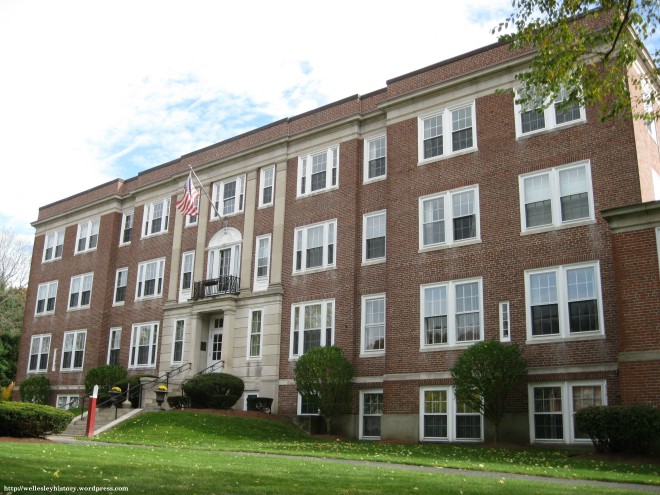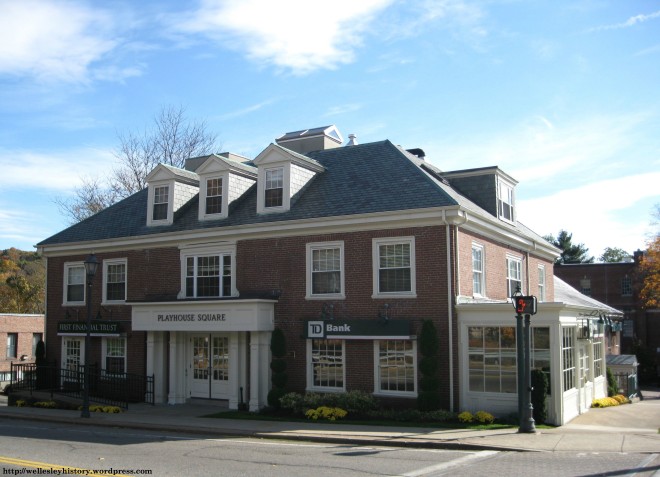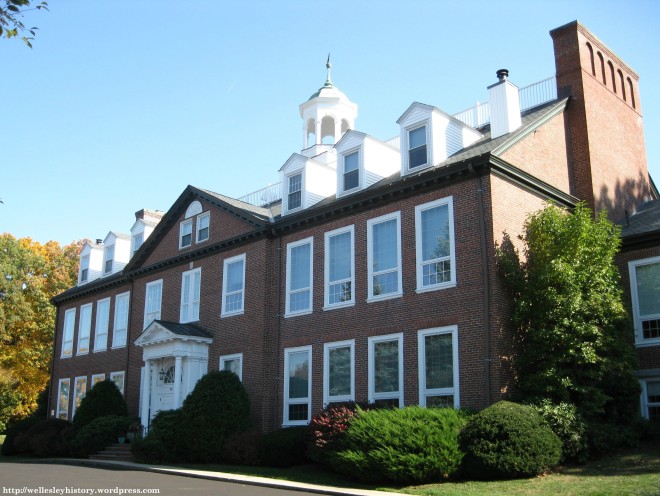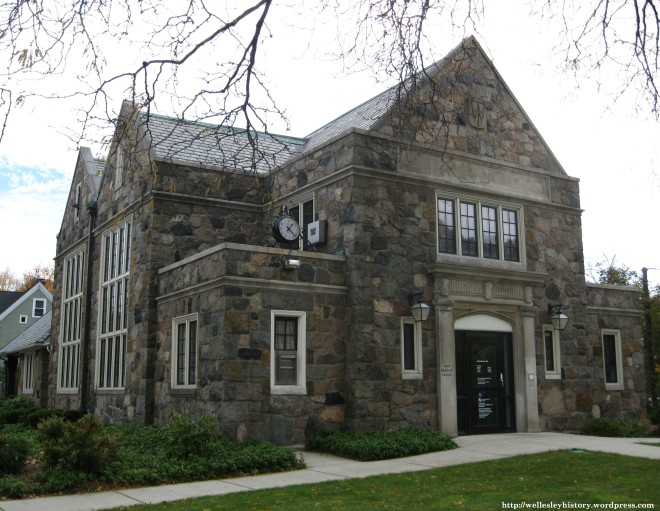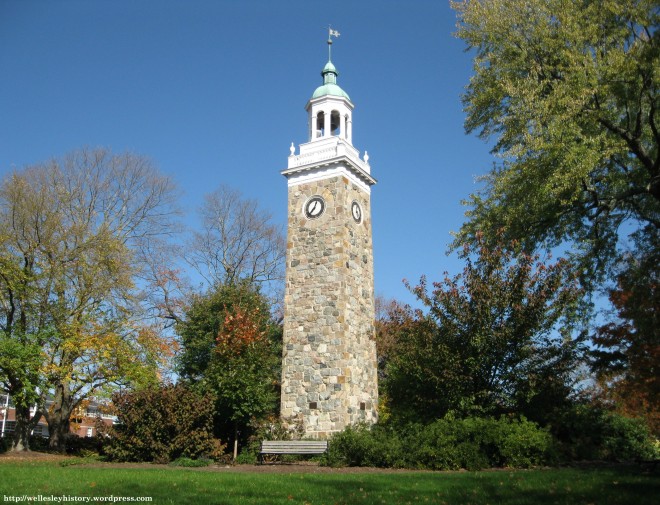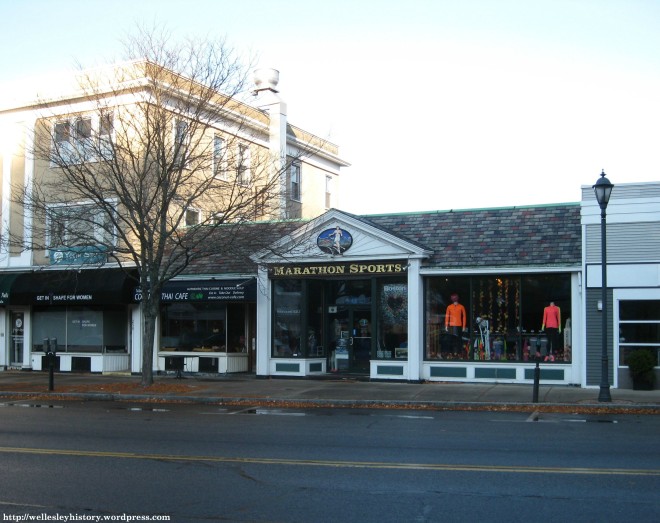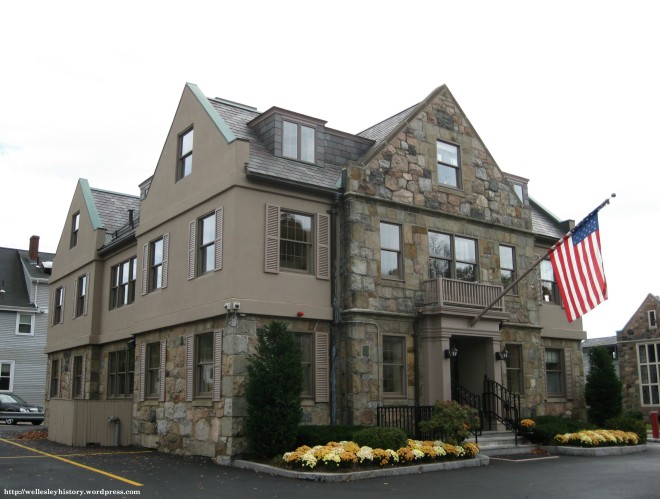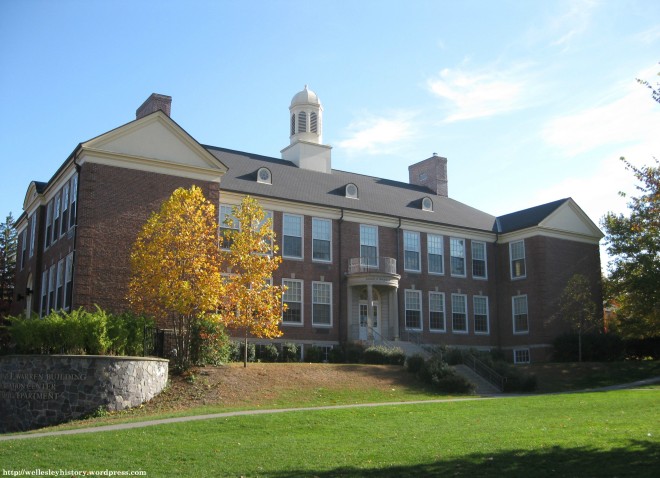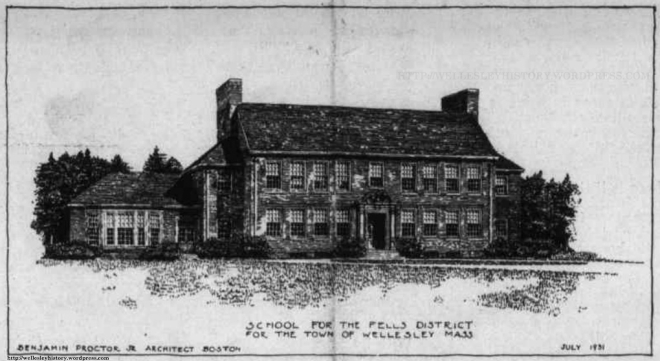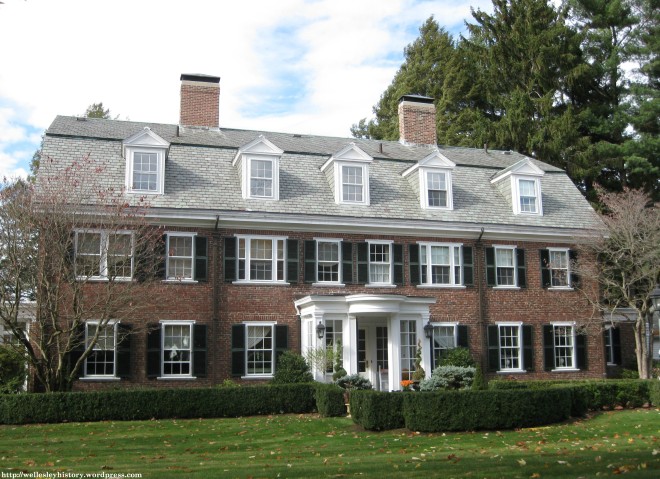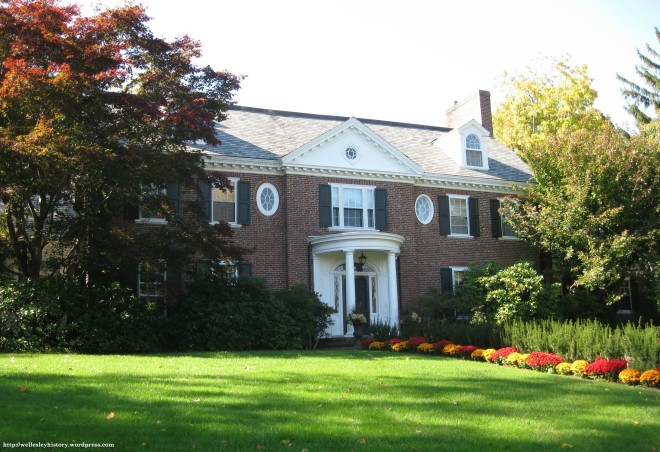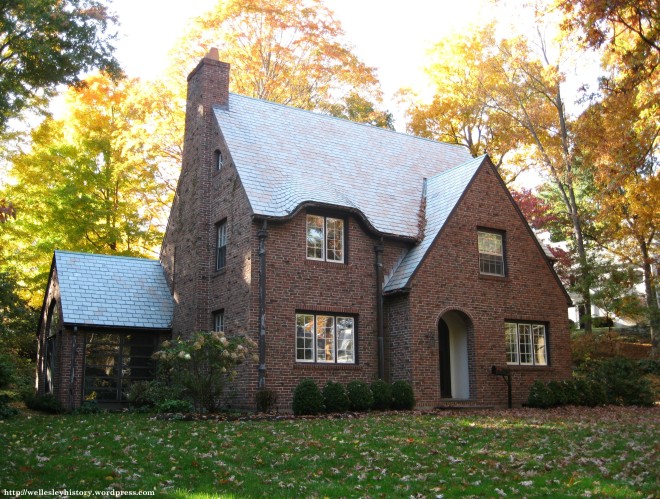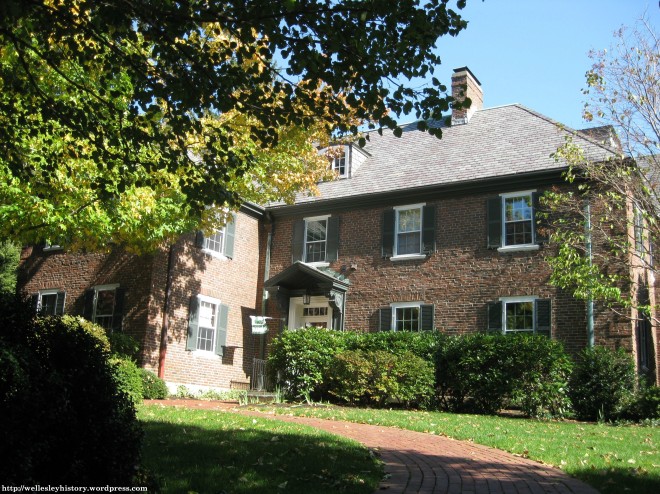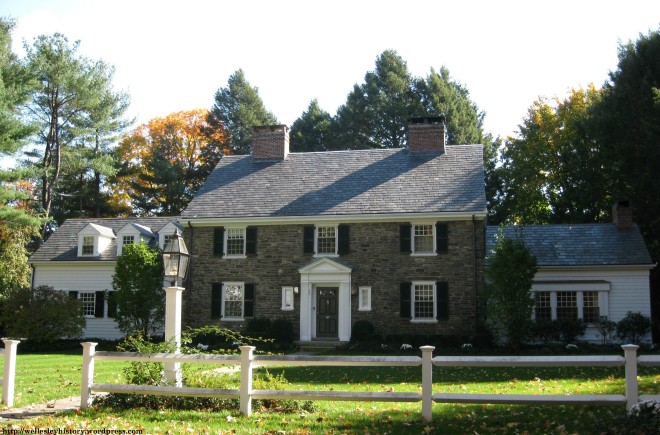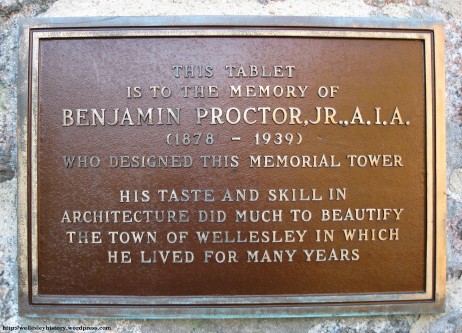Here’s a trivia question for you: What do the following buildings/structures have in common?
Give up? Well, the answer is that all of them were designed by Benjamin Proctor Jr.
Other notable works credited to Proctor include Perrin School (which burned down in 1984) and a few buildings on the Babson College campus, as well as the 1924 renovation of the interior of the Unitarian Church.
But despite his influence in the early development of Wellesley — specifically Wellesley Hills — there’s really not a whole lot to say about Benjamin Proctor Jr. He was just an architect with his own private practice who was called upon to design a disproportionately large number of buildings constructed in Wellesley from the late 1910s through the 1930s.
So how in the world did Proctor get hired so frequently? One word: connections. Having close ties with three of the most important developers in Wellesley during the 1920s and 1930s — Isaac Sprague, Roger W. Babson, and the Town of Wellesley — Proctor was brought in whenever a significant project was undertaken. In fact, of the nine structures above, all but the building that’s now home to Marathon Sports were constructed by either Sprague, Babson, or the Town. (And in the case of the Clock Tower, both Sprague and the Town.)
You also can’t ignore the fact that the architectural style in which he specialized — Colonial Revival — just happened to be the preference of the majority of the townspeople. This was especially true of Roger Babson. Actually, to say that Babson was an admirer of Colonial Revival — specifically, Neo-Georgian architecture — would be a vast understatement. Just look at the campus of Babson College. It’s almost all Neo-Georgian buildings!
In fact, Roger Babson loved Proctor’s work so much that he hired him to design his new house off Wellesley Avenue:
You’ll also find more than a few dozen other houses that Proctor designed in Wellesley — particularly in the Wellesley Farms and Country Club neighborhoods. Here are just four of them:
At this point, it probably goes without saying that Proctor really liked brick and stone. In fact, with the exception of the A&P Market, I can’t seem to find a Proctor-designed building or house with a clapboard exterior.
It’s also worth mentioning that there’s yet another Roger Babson connection to one of the houses above — 56 Whiting Road — which was built for his daughter, Edith Babson Webber, and now serves as the President’s House for Babson College. And for those who thought that’s the only other link between Proctor and Babson, how about the fact that Proctor lived for most of the nearly 25 years he spent in Wellesley in Roger Babson’s former house (and the original location of the Babson Institute) at 31 Abbott Road?
So given all that Proctor built, it’s an absolute tragedy that few people know anything about him, let alone his name. In the 74 years since his death at the age of sixty-one — even though his buildings are some of the most recognizable in all of Wellesley — he’s been almost completely forgotten.
It therefore would make sense to end this post with a call to honor Proctor’s legacy by creating a plaque and affixing it to one of the buildings he designed so that everyone can appreciate the impact he had on the development of Wellesley. But there’s already such a plaque in existence (on the Sprague Clock Tower):
I’ll therefore put the onus on you — past and present citizens of Wellesley — to do what you can to spread the word about the impact Benjamin Proctor Jr. had on the development of our town. Take away the buildings he designed and Wellesley would be a completely different place. So isn’t it only fair that he get some name recognition?
Sources:
- Norfolk County Registry of Deeds
- Town of Wellesley Building Department
- Wellesley Townsman: 5 September 1919; 10 February 1922; 1 August 1924; 6 January 1928; 22 June 1928; 21 December 1928; 24 May 1929; 29 November 1929; 24 July 1931; 8 June 1934; 30 August 1935; 22 December 1939 16 February 1984
- Continuity and Change: Babson College, 1919-1994 by John R. Mulkern (1995)
Note that all photos in this post were taken by Joshua Dorin in October 2013.

